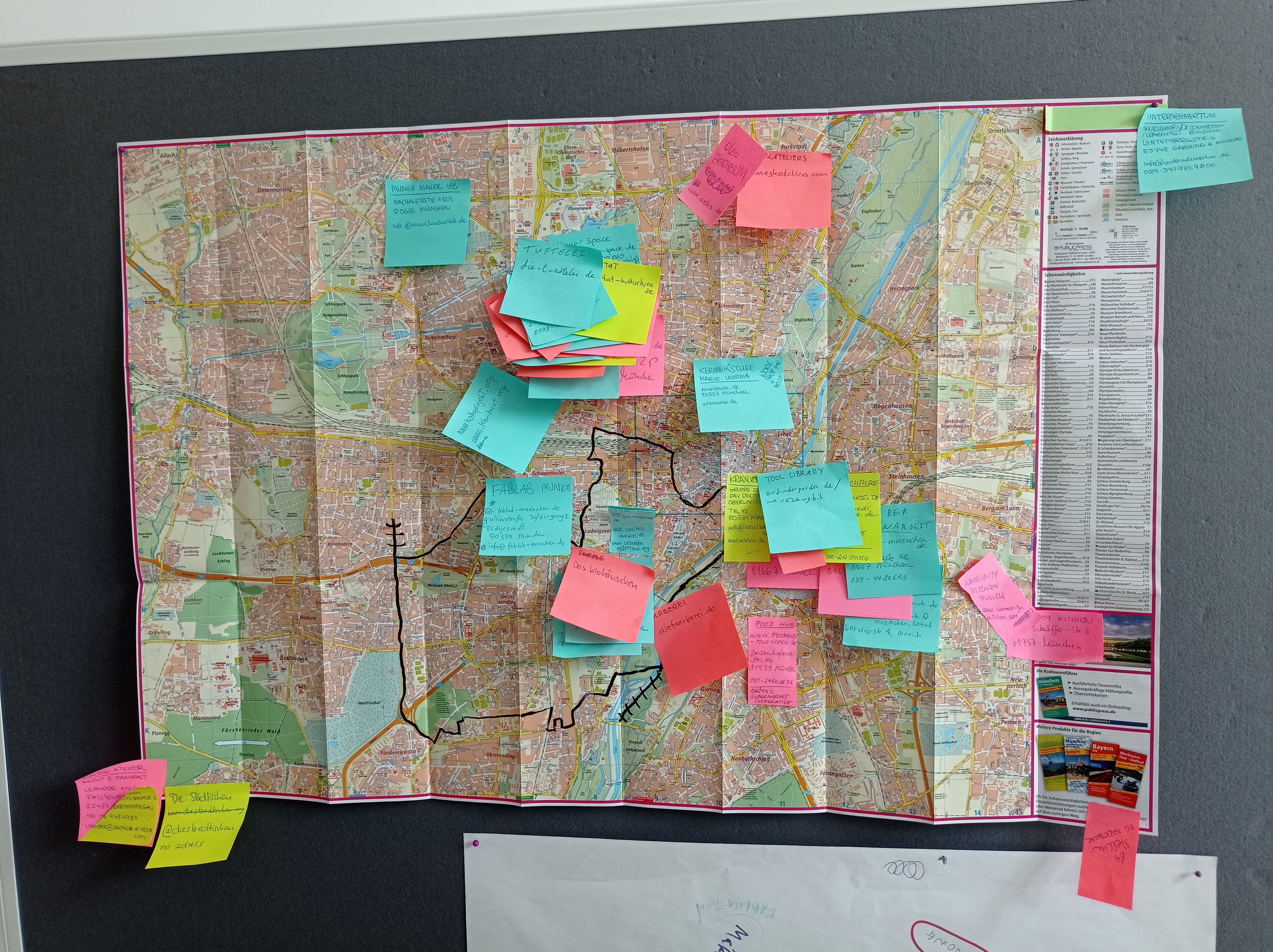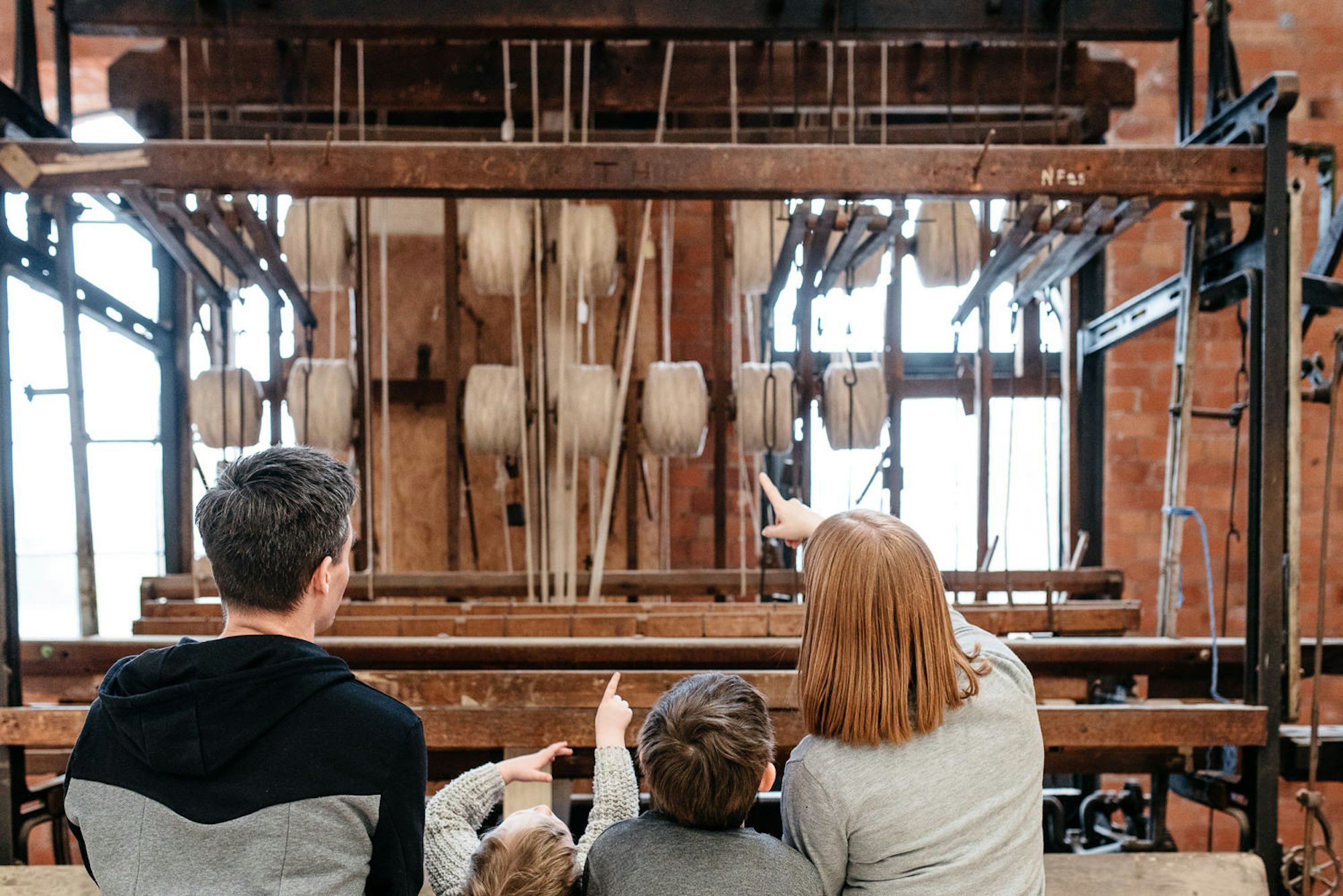A Cabinet of Curiosities: Birmingham as the ‘Toy-Shop’ of Europe

Birmingham, in its historic sense, was generally thought of as an industrial city, grown from an industrialising town, whose beginnings were as a provincial metal working and market centre; an ancient metal-bashing past recalled as a precursor to subsequent industrial development. It is true that Birmingham’s metal-bashing is very ancient, but these items were not just tools and hardware, they were also skilfully made dress swords, intricately engraved metal wares and small luxury items which were called ‘toys’. At this time toys were for adults more than for children and were items which adorned the body, were part of a language of personal display and, as their name suggests, part of a world of leisure and diversion. Over the eighteenth century, Birmingham became so associated with the production of toys that the town was coined the ‘toy-shop of Europe’. A local trade directory of 1767 described the products of the toy maker:
“An infinite Variety of Articles that come under this Denomination are made, and it would be endless to attempt to give a List of the Whole, but for the information of Strangers we shall here observe, that these Artists are divided into several Branches as the Gold and Silver Toy Makers, who make Trinkets, Seals, Tweezer and Tooth Pick cases, Smelling Bottles, Snuff Boxes, and Filigree Work, such as Toilets, Tea Chests, Inkstands, &c. &c. The Tortoise Toy maker, makes a beautiful variety of the above and other Articles; as does also the Steel, who make Cork Screws, Buckles, Draw and other Boxes, Snuffers, Watch Chains, Stay Hooks, Sugar Nippers , &c., and almost all of these are likewise made in various Metals, and for cheapness, Beauty and Elegance no place in the World can vie with them”.
Birmingham had been making toys from at least the late seventeenth century; in 1689 a French visitor noted that Milan sold fine swords, cane heads and snuff boxes, but that they could be had ‘cheaper and better in Birmingham’, so the town already had a reputation at this time. When Lady Holte of Aston Hall went shopping in a Birmingham toy-shop in the 1720s she bought a variety of decorative indulgences; fine snuff boxes, silver nutmeg graters, gold seals, buttons and dozens more different toys. These trinkets were very much part of fashionable life and Birmingham made and supplied these modern luxuries. Many of the toys were sent on horseback to London warehouses and these warehousemen became very wealthy selling them to the grand and fashionable toy-shops in London’s Covent Garden, as well as other merchants at home and abroad. Customers were not always aware that these were Birmingham made though, as they were frequently sold as London or French ingenuity to raise the saleable value.
Over the eighteenth century, these toys were frequently called curiosities, such as in the 1732 vista which described Birmingham as “a Market Town in the County of WARWICK, which by the art and industry of its Inhabitants has for some years past been render’d famous all over the World, for the rare choice and invention of all sorts of Wares and Curiositys [sic] in Iron, Steel, Brass &c. admir’d as well for their cheapness, as their peculiar beauty of Workmanship”. Curiosities were usually the articles collected in cabinets of curiosity, but Birmingham toys were called this because they were novelties and because of the ingenious methods of manufacture, from intricate workmanship to grand machines. The machines and technology that the town later became famous for were spurred on by the production of toys and other decorative goods; Matthew Boulton, who co-patented the steam engine with James Watt, for example, was a toymaker, and developed a whole range of technologies to enhance the production of buttons, buckles and his other articles.
These technologies were little understood by consumers, and a widening interest developed from the mid-1700’s encouraging a curiosity tourism, with visitors coming to look at the intriguing manufactories. Benjamin Franklin visited the town in 1758 and was “highly entertained in seeing all the curious machines and expeditious ways of working”. Admiral Nelson toured the town, as did Wellington, and gentry such as Lord and Lady Shelburne, who went to John Taylor’s manufactory to see the process of transfer printing onto enamel which had been developed in Birmingham. The town became seen as a cabinet of curiosities, filled with curious manufactories using ingenious processes and technologies, all producing these small items that were novel and intriguing.
After the decline of the trade in the early nineteenth century, it was taken over by its sister trade, that of the jeweller, and the jewellery quarter still inhabits part of Birmingham where the toy makers once thrived. The great toy making town, which had been a hub of artisan workmanship, moved with the times and utilised its footing in industrial production to optimal effect. Until the last few decades a number of Birmingham toys surviving in museums were considered as London manufacture, but recent research has uncovered just how vast and how successful the Birmingham toy trade was. Its status as the ‘toy-shop of Europe’ informed the place that it is today as much as the industrial heritage, and the two were inseparably intertwined; it was a town defined by a deep rooted making and creative culture.
This article was a contribution to the Make Works Blog from Workshop Birmingham. You can find out more about them here.
Categories
Article
Related stories
Why Make Work Locally
Alan Moore and Ten30 Fashion
Tips for Manufacturing in Scotland
A Life in Lace
In the Belly of the Beast: my one year manufacturing for Coca Cola







